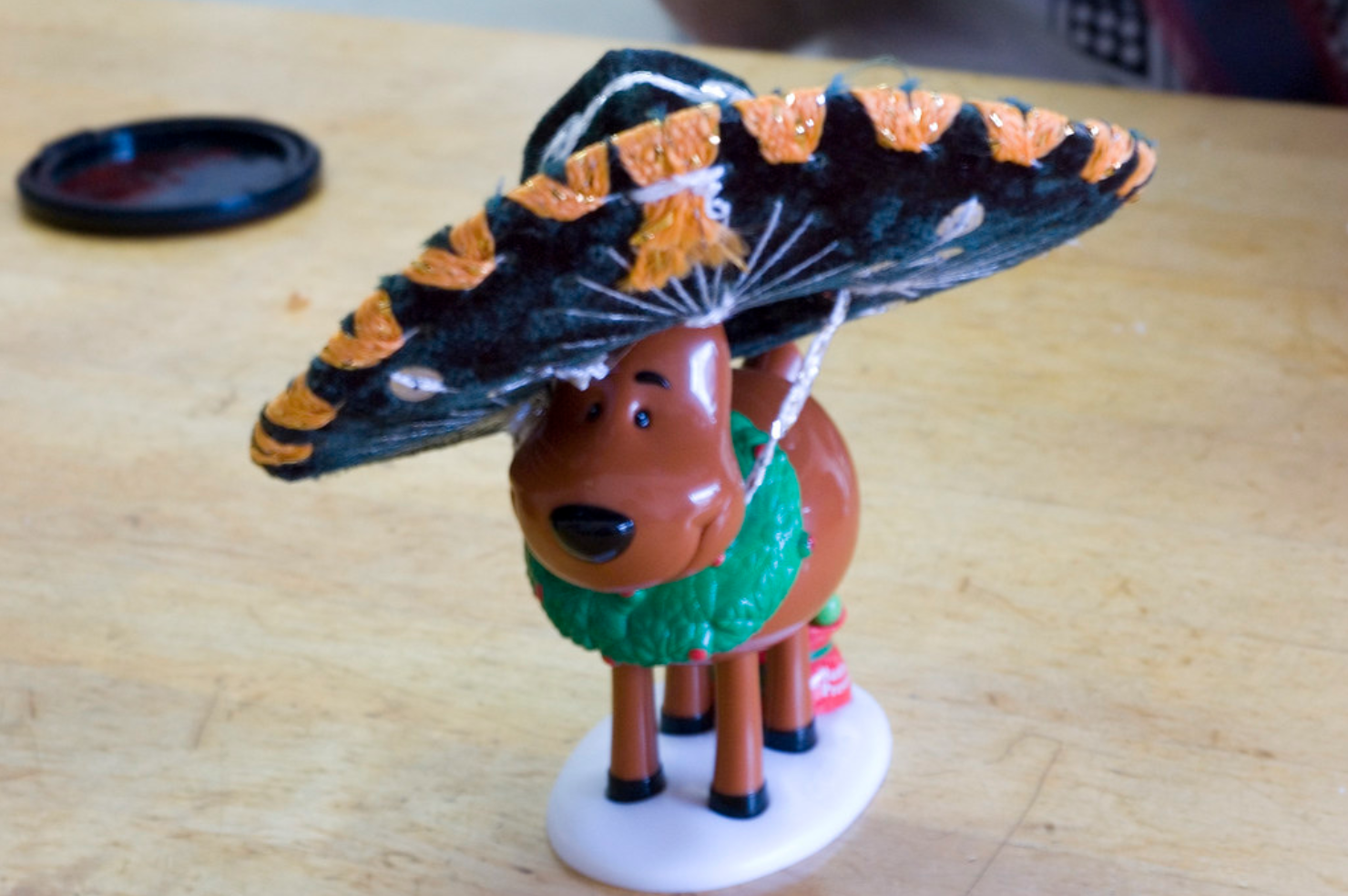After I had only been in medical school for three months, I shadowed a physician at the children’s emergency department, as part of my clinical experience. My attending assigned me to a few rooms and asked me to be the first person, who not only interviews the patients, but also performs a basic physical examination. I was nervous. I knew how to do basic examinations on adult patients and had a bit of experience with standardized patients. However, I definitely had never been on my own with a patient.
My first patient was a teenager moaning in pain, and she had no one in the room with her. I introduced myself by saying, “Hi, I’m student physician Negin. Nice to meet you!” After I sat next to her, she started moaning louder. My leg started shaking with fear, and I froze. I asked myself, “Do I go down the checklist like I’m used to? What do I say to her?” It felt unnatural to apply what I had learned with standardized patients to the real clinical setting, but I continued with the usual questions. “I’m sorry you’re in pain. Can you tell me more about that?” I felt extremely dumb for following the generic medical student response, but that was all I knew how to do. I felt nervous and needed a statement to keep the conversation moving. The patient, however, could barely talk due to her pain and seemed to get annoyed with my questions.
Taking the patient’s history was hard, but completing the physical exam was even harder. As soon as I started to gently examine her abdomen, she screamed in pain. I felt terrible and lost, knowing that my examination worsened her pain. That day was tough. My experience made me feel as if I knew nothing about patient care, but I was only more eager to learn.
I had the chance to see how much my clinical skills had grown a mere three months later. This time, I was the first person to see a six-year-old girl with severe abdominal pain. I entered the room, and her parents looked extremely worried. She was shy and tightly held on to her reindeer stuffed animal. This time, however, I was less anxious. “Hi, I’m student physician Negin. What’s your name?” I asked the little girl. No response. Her mother then started telling me about the girl, including her name and a description of her pain. Although I appreciated her mother trying to help things along, I knew I had to engage with my patient directly. “No matter how tough you look, you always get down and play like you’re a kid,” my attending said during training.
I approached the little girl and sat next to her. “Hmmm … who do we have here?” I asked, as I pointed to her reindeer. She slowly whispered “Rudolph.” “Well … Mr. Rudolph … Can I listen to your heart?” I asked the reindeer. My patient was suddenly curious and started to sit up. She handed me Rudolph. As I put my stethoscope on Rudolph and pretended to talk to him. I asked “Oh, I see. You want me to ask her what now?” The little girl asked, “What did he say? What did he say?” I told her that Rudolph wanted me to listen to her heart and asked if that was okay. She giggled and let me examine her. Her parents were amused and also seemed less worried.
A month later, I went to a grocery store. As I was walking by, I heard a little girl shouting “Mommy, Mommy … it’s my doctor!” as she pointed toward me. I looked over and saw that she was my little patient whom I examined a while back. My eyes filled with tears. I could not believe that she still remembered me. I waved back and smiled my entire way back home.
After my grocery store encounter with Rudolph’s little owner, I felt so much joy. This was the first time I felt like I was getting the experience that brought me to the medical field. The first year of medical school was discouraging, especially studying scientific content for more than ten hours a day and stressing about passing exams. Medicine is about so much more. Medicine includes teaching, caring and sharing empathy with others. I was beyond honored to make meaningful connections with my patients, use my skills to help them and am excited to continue building these relationships.
Image credit: DSC_0174 – Processed by pboyd04 is licensed under CC BY-SA 2.0 license.


